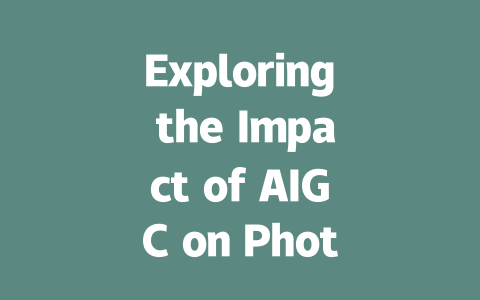
Artificial Intelligence Generated Content (AIGC) is rapidly transforming various industries, and the fields of photography and art education are no exceptions. As AIGC tools and technologies become more accessible, they are not only influencing the creation of art but also shaping how we educate the next generation of artists. This article explores the various dimensions of this impact.
The Rise of AIGC in Photography
AIGC has emerged as a powerful tool in photography, enabling both professional photographers and enthusiasts to enhance their work in innovative ways.
Automation of Editing Processes
One of the most significant impacts of AIGC in photography is the automation of editing processes. Traditional editing can be time-consuming, but with the advent of AIGC technologies, photographers can use AI-driven tools to automatically enhance images, correct colors, and even generate entire scenes. This technology not only saves time but also expands creative possibilities, allowing photographers to experiment with styles and techniques they might not have explored otherwise.
Creation of New Visual Narratives
AIGC also facilitates the creation of new visual narratives. By using AI algorithms, photographers can blend different styles or even create surreal compositions that challenge traditional photography’s boundaries. This innovation encourages a more exploratory mindset, pushing the limits of what is considered photography and expanding artistic expression.
AIGC’s Role in Art Education
In the context of art education, AIGC is reshaping both the curriculum and pedagogical approaches.
Enhancing Learning Materials
AIGC can help in developing learning materials tailored to individual students’ needs. For example, AI-generated simulations can demonstrate complex techniques or styles in an easily digestible format. This personalized approach aids students in grasping challenging concepts and developing their unique artistic voice.
Encouraging Creativity and Innovation
Incorporating AIGC into art education encourages students to think creatively and innovate. Exposure to AI-generated art can inspire students to explore new mediums and techniques, integrating digital tools into their workflow. As they learn to use AIGC in their projects, they not only gain technical skills but also build a mindset open to experimentation and dissent from traditional methodologies.
Challenges and Considerations
Despite the myriad benefits of AIGC in photography and art education, several challenges must be addressed.
Authenticity and Originality Concerns
One of the primary concerns regarding AIGC is the question of authenticity. As AI-generated images become more prevalent, the line between original art and AI-generated content blurs. This raises ethical questions about authorship and the value of human creativity. Art educators need to address these issues by fostering critical discussions around the implications of using AIGC in artistic creation.
The Digital Divide
As with many technological advancements, a digital divide exists in the accessibility of AIGC tools. Not all students and educators have the same access to these technologies, which can perpetuate existing inequalities in art education. Ensuring equitable access to AIGC resources is essential for the meaningful integration of these tools into educational settings.
Conclusion
The impact of AIGC on photography and art education is profound and multifaceted. As these technologies continue to evolve, they will undoubtedly reshape how we create, perceive, and teach art. By embracing the opportunities and addressing the challenges presented by AIGC, we can usher in a new era of artistic expression and education that enriches our cultural landscape. As educators and artists navigate this changing terrain, fostering a balance between human creativity and technological innovation will be essential for nurturing the next generation of creators.

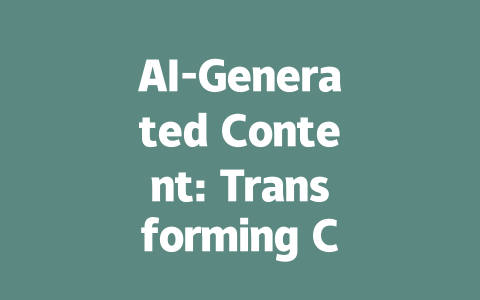





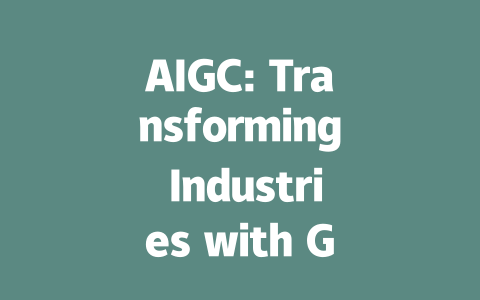
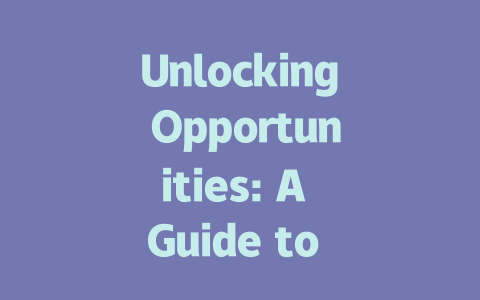
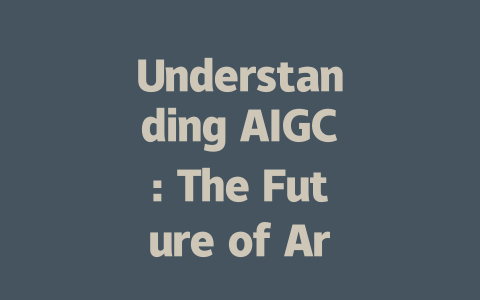
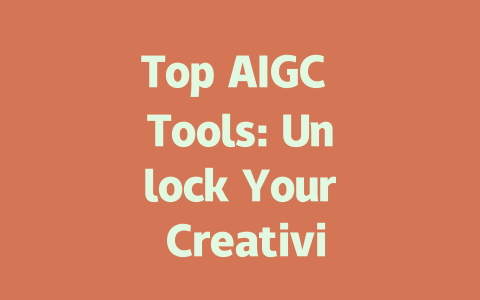
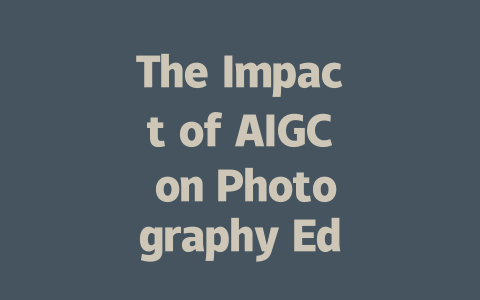

暫無評論內容